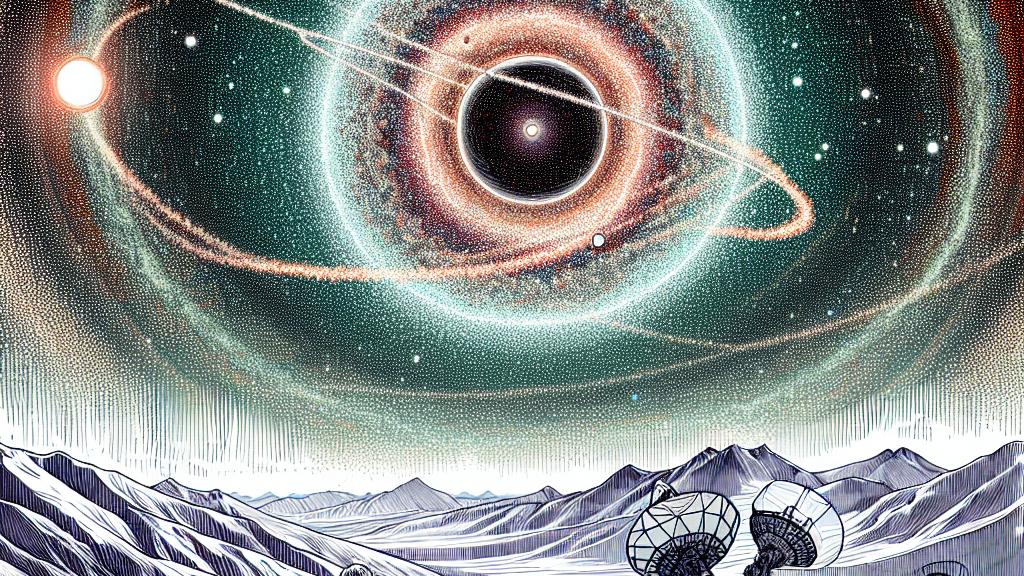Exploring How Planets Are Formed from Dust
Overview
- ALMA telescope unveils remarkable dust accumulation around PDS 70, a key player in planet formation.
- Dust is essential for creating planets and offers vital clues about their origins.
- Insights from this research deepen our understanding of planetary systems, including our own Solar System's formation.

The ALMA Discovery
Nestled high in the Andes of Chile lies the Atacama Large Millimeter/submillimeter Array (ALMA), where scientists have uncovered astonishing details about how planets begin their journey. This research zeroed in on a young star known as PDS 70, where an extraordinary accumulation of dust grains has been detected circling just outside the orbits of two already-formed planets. Picture this: the dust isn’t merely drifting around—it's forming a distinct, ring-like structure that hints at a vibrant environment where new planets could be born. This unexpected interaction reveals that the existing planets actively gather dust, acting as cosmic vacuum cleaners in their quest for more material. Such discoveries remind us that planet formation is a bustling, dynamic process rather than a passive one, opening the door to understanding how new worlds might emerge in our own galaxy.
The Vital Role of Dust in Planet Formation
You might overlook it, but dust is truly the cradle of planet formation! These minuscule particles, present in a protoplanetary disk around new stars, are akin to the foundation of a magnificent building. Imagine a bustling construction site where dust particles collide and stick together, gradually assembling larger structures. The findings from ALMA show us that this dust doesn’t just sit around aimlessly; it clumps in specific areas due to gravitational influences from nearby planets, creating new opportunities for forming even more planets. In essence, it’s a cosmic nursery! The implications of this research extend beyond PDS 70, sparking questions about how our own Solar System formed and evolved. Have we uncovered the secrets of our celestial neighbors, or are we merely scratching the surface?
The Innovative Approach of the Research Team
At the helm of this groundbreaking study is Kiyoaki Doi, leading an innovative team that blends observation with theory to unlock the mysteries of planet formation. They are like detectives piecing together a cosmic puzzle! By employing advanced telescopes like ALMA and integrating their observations with theoretical models, they craft a detailed narrative of how planets could form in diverse environments. Each observation is a clue that informs their understanding of the processes at play in protoplanetary disks—places where stars ignite and the raw materials for planets swirl together. The collaboration of different scientific disciplines resonates like an orchestra harmonizing to create a beautiful symphony of knowledge. As these scientists decode the conditions that lead to planet formation, they not only illuminate the birthplaces of distant worlds but also enhance our grasp of the origins of our very own Solar System!

Loading...